From early in 1943, 295 Squadron RAF began to re-equip with the Halifax Mark V in place of the Whitley Mark V.
Until the cessation of hostilities, this aircraft took part in all major operations. The first airborne operation in which Halifaxes were used was the ill-fated 'Freshman' in November 1942, and it also undertook the first long range ferry of gliders in July 1943, when Horsas were towed to North Africa from the United Kingdom. The Mark A III and A VII and A IX were designed and modified to be the airborne forces versions of the original heavy bomber.
During the war the Halifax was the only aircraft in service with the airborne forces that was capable of towing the Hamilcar glider, and it was used extensively for glider towing generally. It was an uneconomical aircraft for dropping parachute troops, despite its size, because owing to its internal construction the earlier Marks would only carry ten troops and the Mark A IX sixteen. However. the bomb-racks were retained and the aircraft was used for dropping heavy equipment, such as jeeps and 6-pounder anti-tank guns. When towing a Hamilcar glider the radius of action was 400 miles and with a Horsa 600 miles.

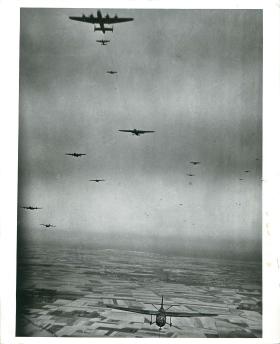
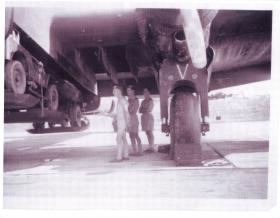
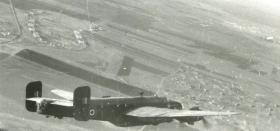
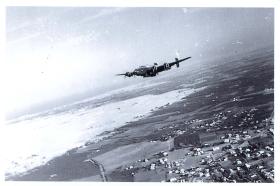
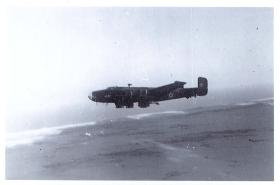
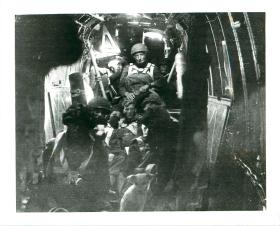
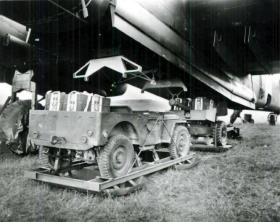
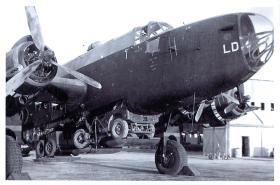
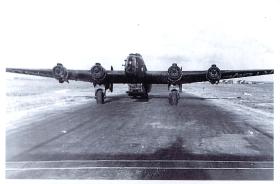
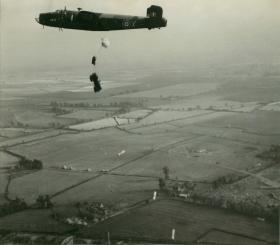
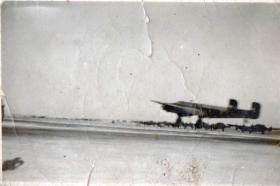
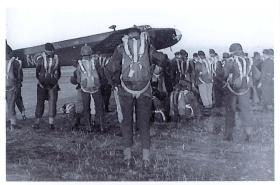
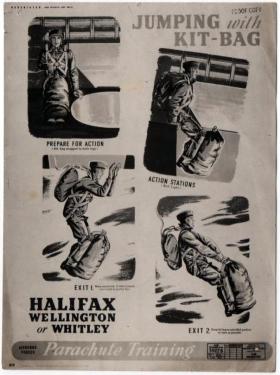
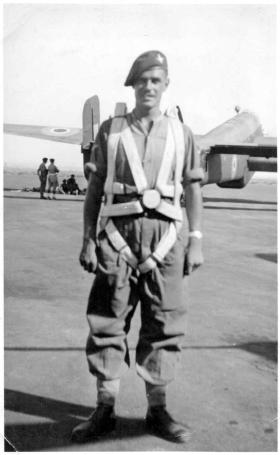
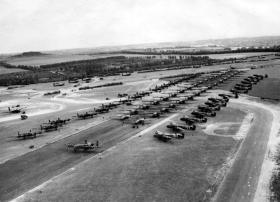
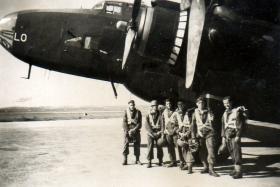
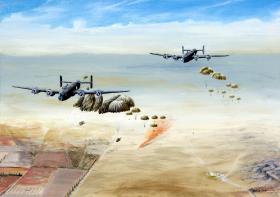
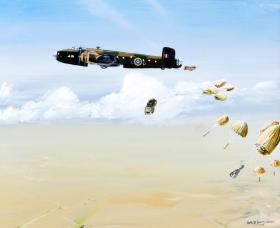



Latest Comments
There are currently no comments for this content.
Add Comment
In order to add comments you must be registered with ParaData.
If you are currently a ParaData member please login.
If you are not currently a ParaData member but wish to get involved please register.